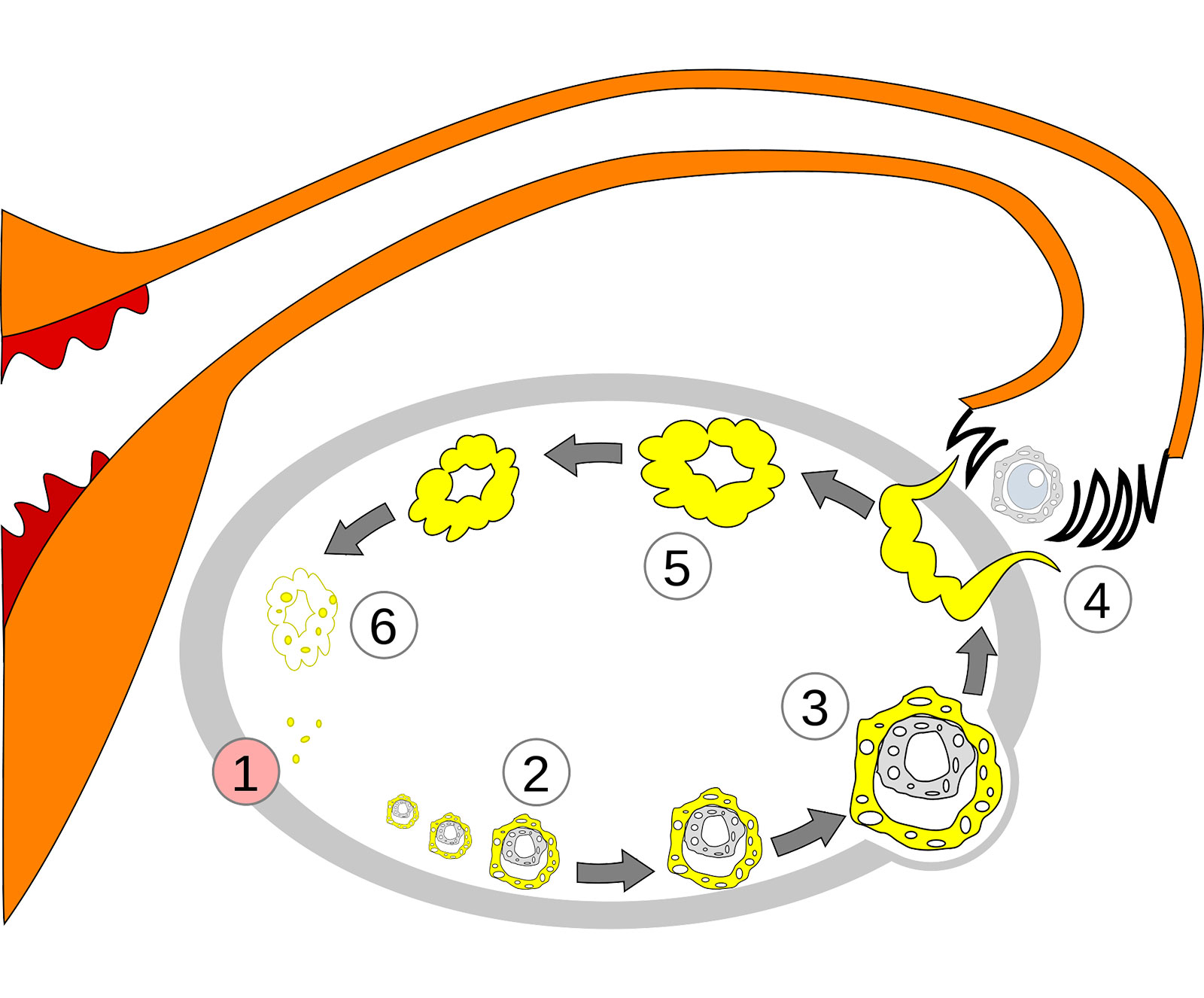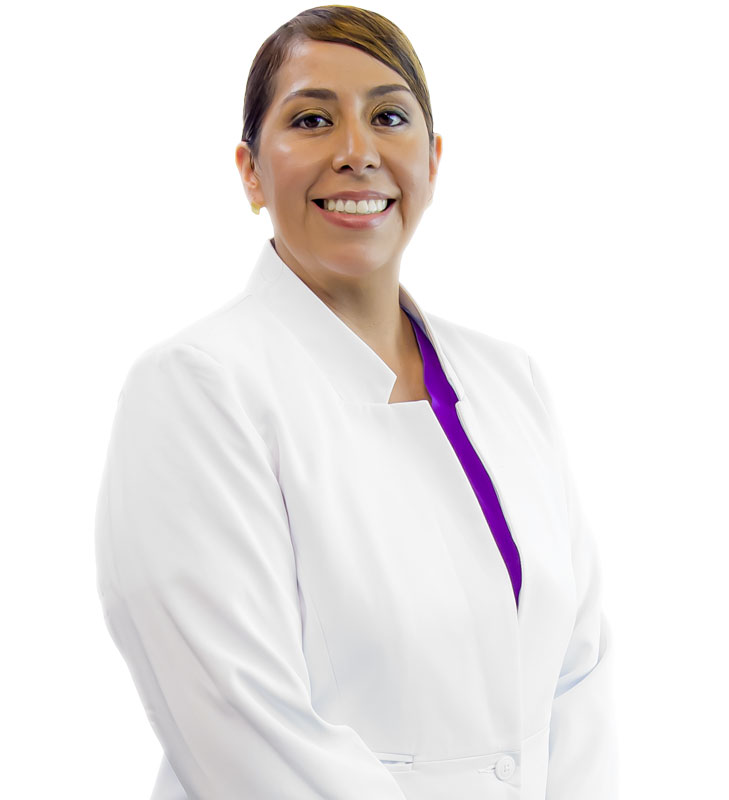Menstrual cycle and ovulation
The beginning of menstrual cycles in women (menarche) occurs between 9 to 14 years of age mainly. This beginning leads to a series of activations of glands and hormones that favor the development of a follicle in the ovary Fig.1 for the maturation of the egg (oocyte).
At the beginning of follicular development month by month, the ovaries, due to the action of 2 hormones, mainly FSH (Follicle Stimulating Hormone) and LH (Luteinizing Hormone), in turn produce estrogens derived from both follicular growth and peripheral aromatization in adipocytes ( adipose grade tissue) by androgens. Hence the direct importance exerted by body fat on the menstrual cycle.
Estrogens have a wide variety of actions on various tissues and organs.
Mainly at puberty, they stimulate the development of secondary sexual characteristics (breast growth, widening of the hips, enlargement of external and internal genitalia), regulate the growth of long bones; among other.
All this complex system of organization and hormonal secretions are orchestrated by the Hypothalamus-Pituitary-Ovary Axis Fig.2.
It is important to highlight that exposure to sunlight and the percentage of body adipose tissue are directly related to menarche and menstrual cycles. Hence, girls or adolescents living in tropical or warm regions have an earlier onset than women from cold regions and with fewer hours of sun exposure during the year. Likewise, women with significant degrees of malnutrition and/or overweight can delay the onset of their menarche, as on some occasions the onset of secondary sexual characteristics.
In Fig.3 we can see the typical and best-known picture of the menstrual cycle, summarizing what happens both at the ovarian level for the growth of an oocyte, as well as the action of the ovarian hormones that are generated with this development and the endometrial thickening. at the level of the uterine cavity.
It is also necessary for women who want a child and are in the prime of their working, personal, and reproductive lives to know the physiological and organic changes of the menstrual cycle to improve the capacity for fertilization and pregnancy.
It is natural
The menstrual cycle and ovulation are two natural phenomena that occur month after month, ovulation being halfway through a cycle (day 14) and menstruation generally on day 28. The alterations and modifications in the menstrual periods can have an important medical connotation.
All women of reproductive age (once the menarche has started) should monitor and consult a specialist doctor (Gynecologist).


